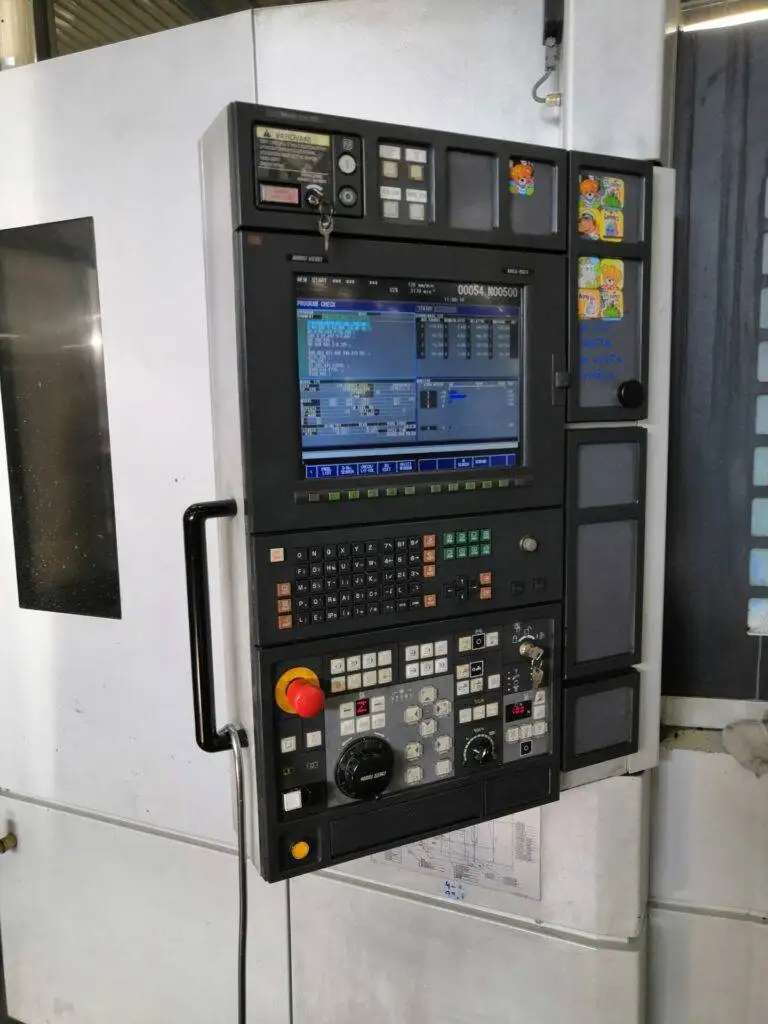CAD/CAM Five Axis Machining Questions
Computer-Aided Design (CAD) and Computer-Aided Manufacturing (CAM) are two important technologies that have revolutionized the manufacturing industry. The use of these technologies is especially important in five-axis machining, which involves cutting material in five different directions. Here are some frequently asked questions about CAD/CAM five-axis machining:
- What is five-axis machining?
- What are the advantages of five-axis machining?
- What are the components of a five-axis machine?
- What is CAD/CAM software?
- How does CAD/CAM software support five-axis machining?
- What are the challenges of five-axis machining?
- What are some best practices for five-axis machining?
What is five-axis machining?
Five-axis machining is a process of cutting material in five different directions: X, Y, Z, and two rotational axes. It is used to create complex parts and shapes that cannot be produced using traditional three-axis machining.
What are the advantages of five-axis machining?
Five-axis machining offers several advantages over traditional three-axis machining, including:
- Ability to create complex geometries
- Improved surface finish
- Reduced setup time
- Increased accuracy
- Lowered production costs
What are the components of a five-axis machine?
A five-axis machine consists of the following components:
- Bed: The base of the machine that supports the workpiece and cutting tools
- Column: A vertical structure that supports the spindle and cutting tools
- Spindle: The rotating component that holds the cutting tool
- Rotary table: A table that can rotate in two axes, allowing the workpiece to be positioned at any angle
- Linear axes: The X, Y, and Z axes that control the movement of the cutting tool
What is CAD/CAM software?
CAD/CAM software is a computer program that is used to design and manufacture products. It allows designers to create 3D models of their designs and simulate how they will be manufactured. CAM software takes the 3D model and generates toolpaths that are used to control the movement of the cutting tool in the five-axis machine.
How does CAD/CAM software support five-axis machining?
CAD/CAM software supports five-axis machining by allowing designers to create complex 3D models and simulate how they will be manufactured. The software generates toolpaths that take into account the five different directions in which the cutting tool will move. This allows for greater accuracy and efficiency in the machining process.
What are the challenges of five-axis machining?
Five-axis machining comes with its own set of challenges, including:
- Increased complexity of machine setup and operation
- Higher cost of equipment and software
- Greater risk of collision between the cutting tool and workpiece
- Greater risk of tool deflection and breakage
What are some best practices for five-axis machining?
To ensure successful five-axis machining, it is important to follow these best practices:
- Use high-quality cutting tools that are designed for five-axis machining
- Optimize cutting parameters, such as feed rate and spindle speed, for each job
- Use simulation software to verify toolpaths and identify potential issues
- Perform regular maintenance on the machine to keep it running smoothly
- Train operators on the proper use and maintenance of the machine
In conclusion, CAD/CAM five-axis machining is an essential technology for creating complex parts and shapes in the manufacturing industry. By understanding the components of a five-axis machine, the advantages of five-axis machining, and best practices for its use, manufacturers can take full advantage of this powerful technology.





